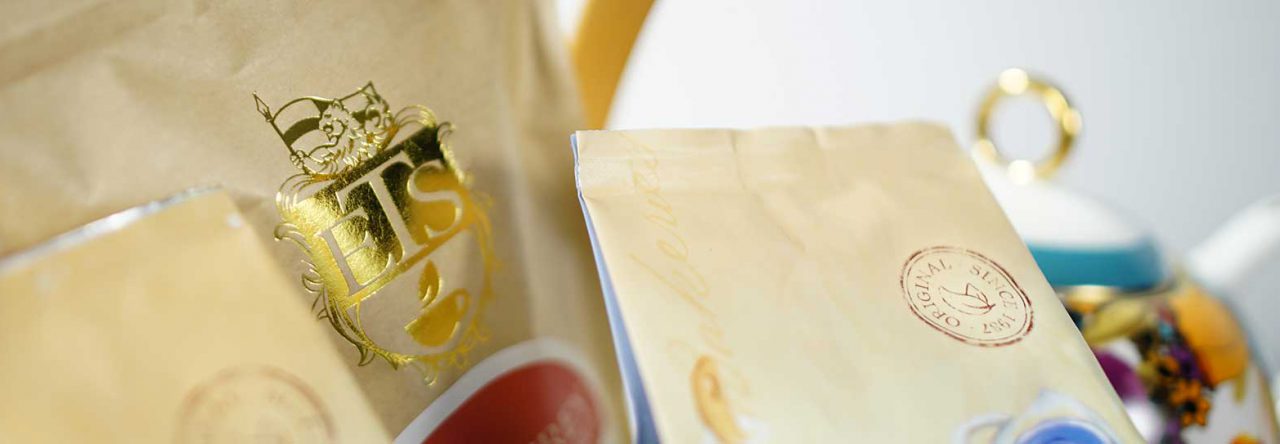
Recently, I had a most interesting tea experience with a steamed green Darjeeling tea. Now, I don’t usually think of Darjeeling teas when I think of green teas. Chinese and Japanese green teas come to mind most readily. Hubby and I dove into the taste test with vigor anyway, ready for a new tea adventure.
The Vendor’s Description
“A second flush Darjeeling tea from India, grown at 3000 – 4600 feet above sea level. This is a steamed orthodox green tea, with a delicate muscatel taste typical of the Darjeeling region of India.”
Is It Really a Green Tea?
Green tea is tea that is unoxidized and that undergoes minimal processing. So, by that definition, yes this is green tea. The Darjeeling region of India, known for its distinctive tasting teas, is now producing this green tea due to an increasing worldwide demand. It is said to have many characteristics similar to Japanese Sencha, like a subtle aroma with a delicate, gentle taste. What’s odd here is that this is a second flush tea, and several sources say that most green Darjeeling teas are first flush only, harvested in April-May. Second Flush (also called Summer Flush) Darjeelings are stronger in flavor and are not considered suitable for a green version of this type of tea.
Why Steamed?
As stated above, green tea is unoxidized. But tea leaves tend to start oxidizing as soon as they are harvested. Quick action is needed to get that process to stop. The leaves are heated, fired, or steamed to achieve this halting, to kill the enzyme which would otherwise cause the leaves to ferment, and to remove the grassy smell. They retain high concentrations of catechins present in fresh tea leaves and become soft, pliable, and easier to work with. Steaming, where the leaves are spread out to an even depth and exposed to non-pressurized steam, is a very precise procedure measured in seconds; if done incorrectly, it can ruin the tea leaves and affect the color and taste of the tea liquor. The leaves must be cooled as quickly as possible (usually using air conditioned forced air) after they have been steamed or they will lose flavor and color.
Compared to Other Green Teas
Darjeeling green tea is generally sweeter, less grassy or seaweedy than Japanese green teas, and not bitter.
Compared to Other Darjeeling Teas
Unlike with fully processed Darjeeling teas where a significant amount of oxidation has occurred, the characteristic muscatel fragrance and taste are absent. See details below.
The Tasting
The tea didn’t come with any steeping instructions, so we treated it the same as other green teas: water heated to 180° F and steep for 2-3 minutes. The dry leaves had a fresh grassy aroma but not like Japanese green teas and definitely not like Darjeeling teas (no muscatel character) — more like something in-between.
- First steeping was done for 2 minutes. It had a light aroma, a warm peachy color and a flavor with a faint tang but no bitterness. Let it cool slightly to bring out the tea’s full flavors.
- Second steeping was done for 2½ minutes. It had that same warm peachy color, but the aroma and flavor were light with no bitterness.

Bottom Line
If you are seeking a mild green tea with a pleasant taste, this is it. If you are expecting more of a Darjeeling character, this may disappoint. So much of the enjoyment of a tea is shaped by your goals and expectations when having that tea. It is certainly true here.
© Online Stores, Inc., and The English Tea Store Blog, 2009-2014. Unauthorized use and/or duplication of this material without express and written permission from this article’s author and/or the blog’s owner is strictly prohibited. Excerpts and links may be used, provided that full and clear credit is given to Online Stores, Inc., and The English Tea Store Blog with appropriate and specific direction to the original content.



Leave a comment